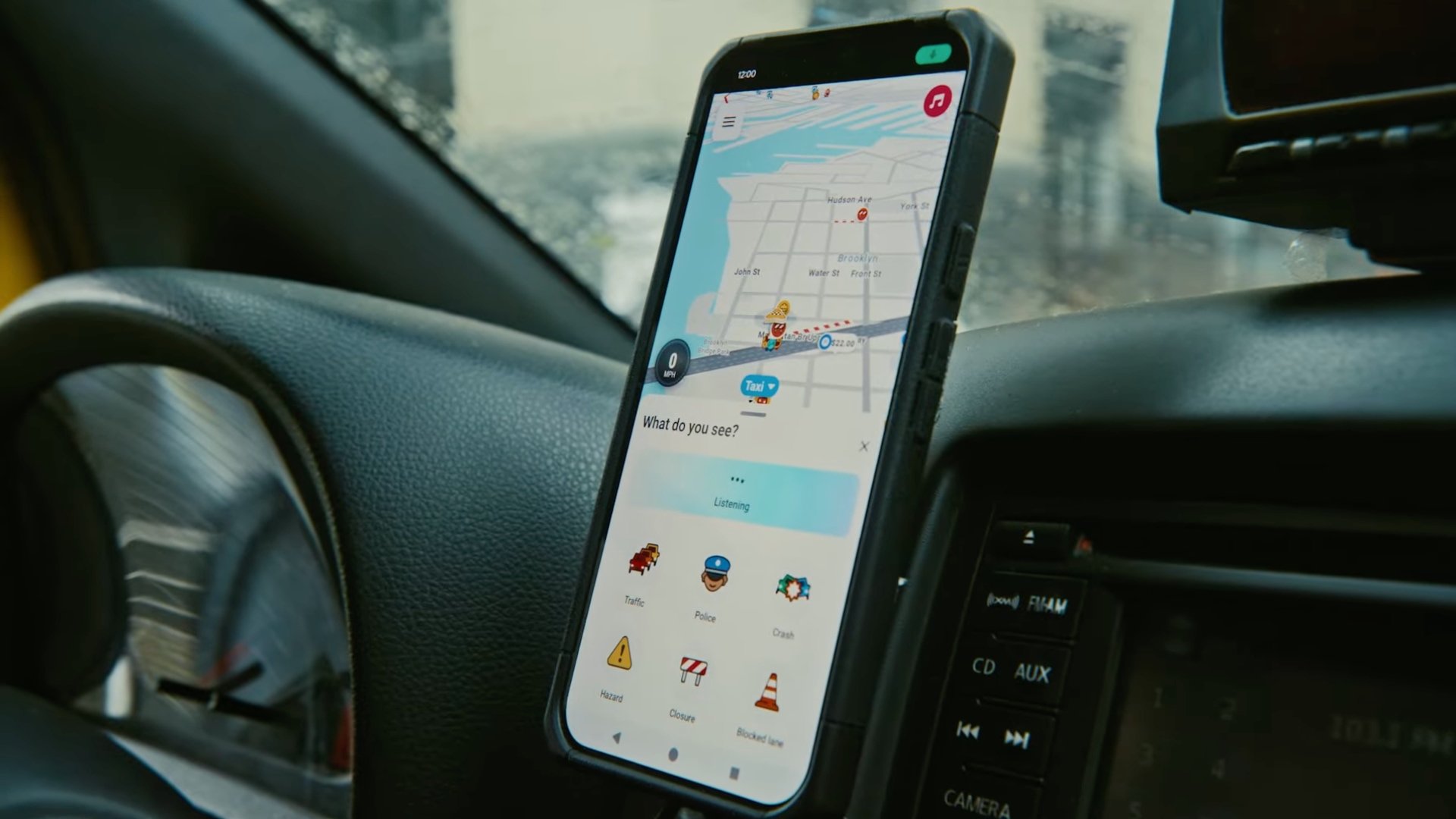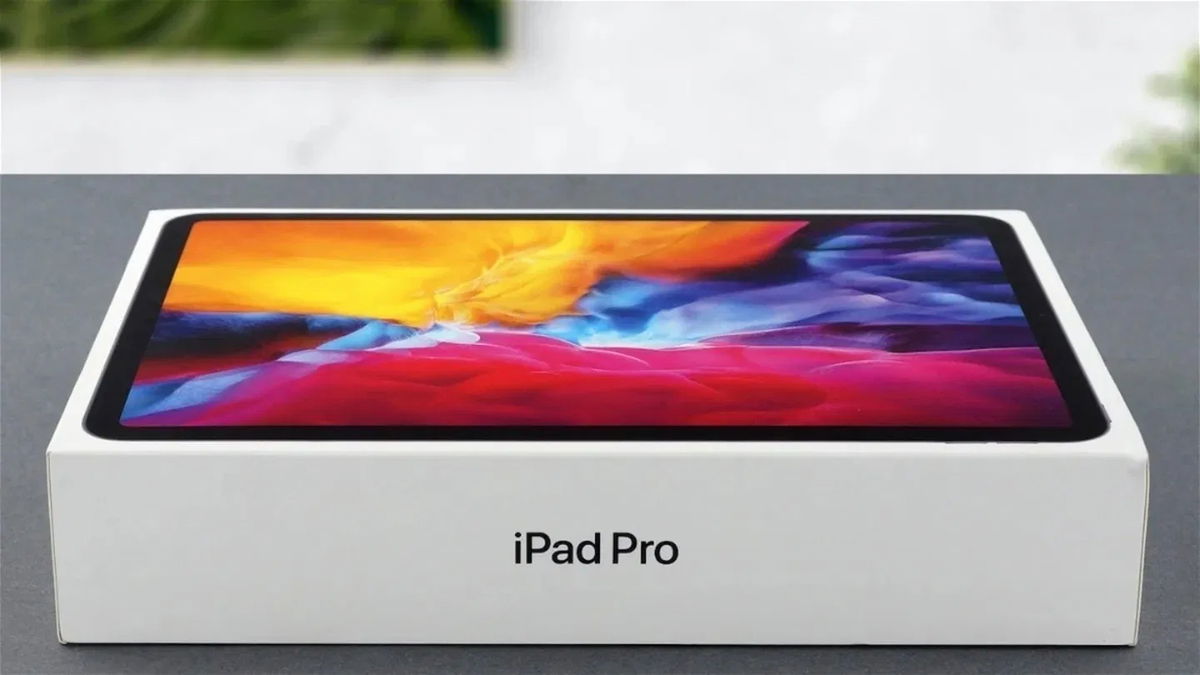Manzana has published a new document detailing how they will try to ensure security and privacy on iPhone while complying with the European Digital Markets Act and making any necessary changes to iOS due to the new regulation. This will be done through a new app review process available in alternative stores called “notarization,” as well as by rolling out information and transparency screens for apps not downloaded from the App Store.
The document explains new security and privacy tools that will be available to developers who choose to distribute their apps to alternative stores or use alternative payment methods.
They also detail how the user information and transparency screens will work, detailing many of the data collected through the review process for apps available on alternative App Stores. The goal, according to Apple, is to provide as much transparency as possible about what an installed app will be able to do on the device.
New review process for iPhone apps in alternative stores
Even if an iPhone app is distributed through alternative stores, Apple will maintain a review process (both automated and human) to prevent malicious software from being installed on the iPhone. They call it “notarization,” and while it doesn’t offer the same guarantees as verification done on the official App Store, the company hopes to stop many of the possible threats that a user might encounter without even realizing it.
This process also attempts to protect the iPhone user’s privacy by detecting whether an app downloaded outside of the official App Store is trying to access things like microphone, camera, passwords, Bluetooth, contacts, payment cards, health data without permission. other.
It will also verify that the app has received clear consent to collect personal information without manipulation or subterfuge. Additionally, the notarization process ensures that apps downloaded from alternative stores do not pose a risk to the user or device. For example, an application that artificially increases the temperature of the iPhone or causes the battery to drain much faster than usual.
Once the app is notarized, it can be installed on your iPhone. Apple remembers that this is an important review process, but it is different from the App Store process, which is much more stringent in order to ensure the security and privacy of users.
Information and transparent screens
The document also details how the new app information and transparency screens will work so that the user can make decisions with all possible knowledge about the app they are about to install.
These are similar to the information screens we see on the official App Store that address privacy and data collection issues. It will be shown to the user the moment he clicks the install button of the application. You will have the option to disable this feature and it will not appear in the default app store.
The information displayed on these new screens is data collected during the application notarization process. These are the values that the developer will not be able to change. The only way to change them is to go through the process again.
Additionally, if the developer updates the application, To do this, you need to go through notarization again.to prevent attempts to infiltrate malicious code that could pose a threat to the user’s privacy and security.
Among other things, information and transparency screens will show the app name, who the developer is, screenshots, and which alternative app store the download is from.
All of these changes, in line with European Digital Markets Law, will be available in iOS 17.4. It is expected to be available in March.
Source: Hiper Textual
I’m Ben Stock, a highly experienced and passionate journalist with a career in the news industry spanning more than 10 years. I specialize in writing content for websites, including researching and interviewing sources to produce engaging articles. My current role is as an author at Gadget Onus, where I mainly cover the mobile section.












